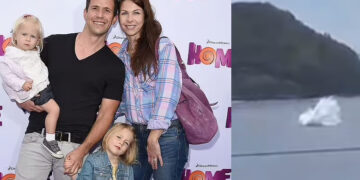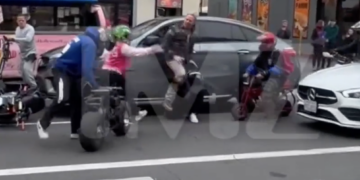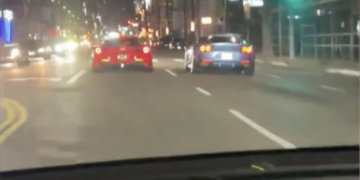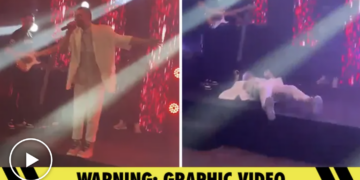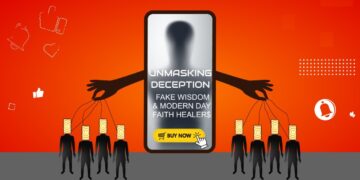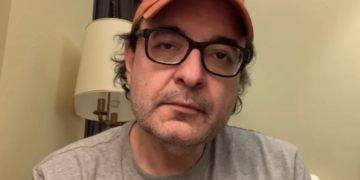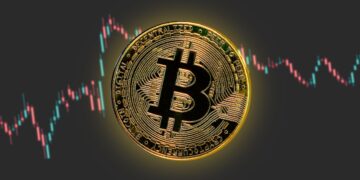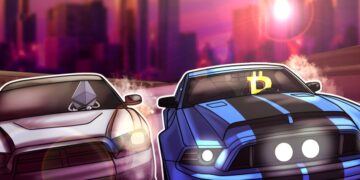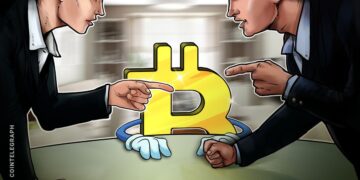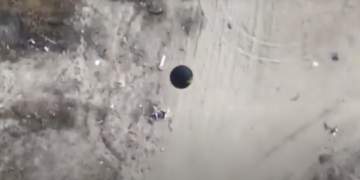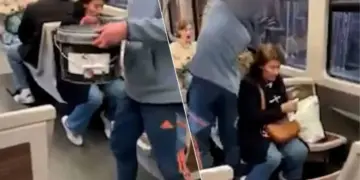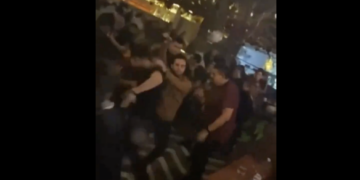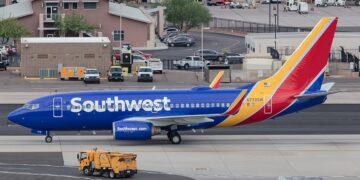Dozens of pro-Palestine protesters seized the upper deck of San Francisco’s Bay Bridge during rush hour, causing a massive traffic jam and leading to multiple arrests. The protest was characterized by its dramatic and disruptive tactics, including the chaining of individuals and cars to block traffic completely. The protesters wielded megaphones and signs calling for a ceasefire between Palestine and Israel, as well as a halt to U.S. aid to Israel.
The protesters’ theatrical displays, such as lying on the ground and covering themselves with white sheets to symbolize the casualties in the Middle East, were met with a mixture of frustration and support from the public. Commuters, already dealing with the stress of a busy morning commute, were forced to navigate through the gridlock, while law enforcement officers arrived at the scene to clear the road and make arrests.
Tow trucks were called in to remove the cars of protesters who had thrown their keys, further exacerbating the traffic pile-up and causing widespread inconvenience. The entire debacle resulted in a significant strain on resources and time, indicating the magnitude of the disruption caused by the protesters.
Significantly, this protest in Northern California was not an isolated incident. The night before, a similar demonstration took place in Washington D.C., right outside the headquarters of the Democratic National Committee. This second protest also led to clashes with law enforcement, underscoring the increasing volatility of the situation and the fervent emotions surrounding the Israel-Palestine conflict.
While the protesters’ commitment to raising awareness about the ongoing conflict in the Middle East was evident, their methods sparked controversy and raised questions about the effectiveness of such disruptive actions. The intersection of the right to protest and the impact on public safety and essential services became a focal point of debate in the aftermath of these events.
In response to the chaos and disruption resulting from the protest, both law enforcement and public officials emphasized the importance of peaceful and lawful demonstrations as a means to express dissent and advocate for change. While acknowledging the significance of the issues being brought to light, the authorities also underscored the need for protests to respect public safety and the rights of other citizens.
Ultimately, the clashes between protesters and law enforcement, the severe traffic congestion, and the immense logistical challenges underscored the need for constructive dialogue and civil engagement to address complex geopolitical issues. As these demonstrations continue to unfold across the country, it is evident that the tension and passion surrounding the Israel-Palestine conflict have spilled over into various communities, prompting a critical examination of the role and impact of public protests in contemporary society.









